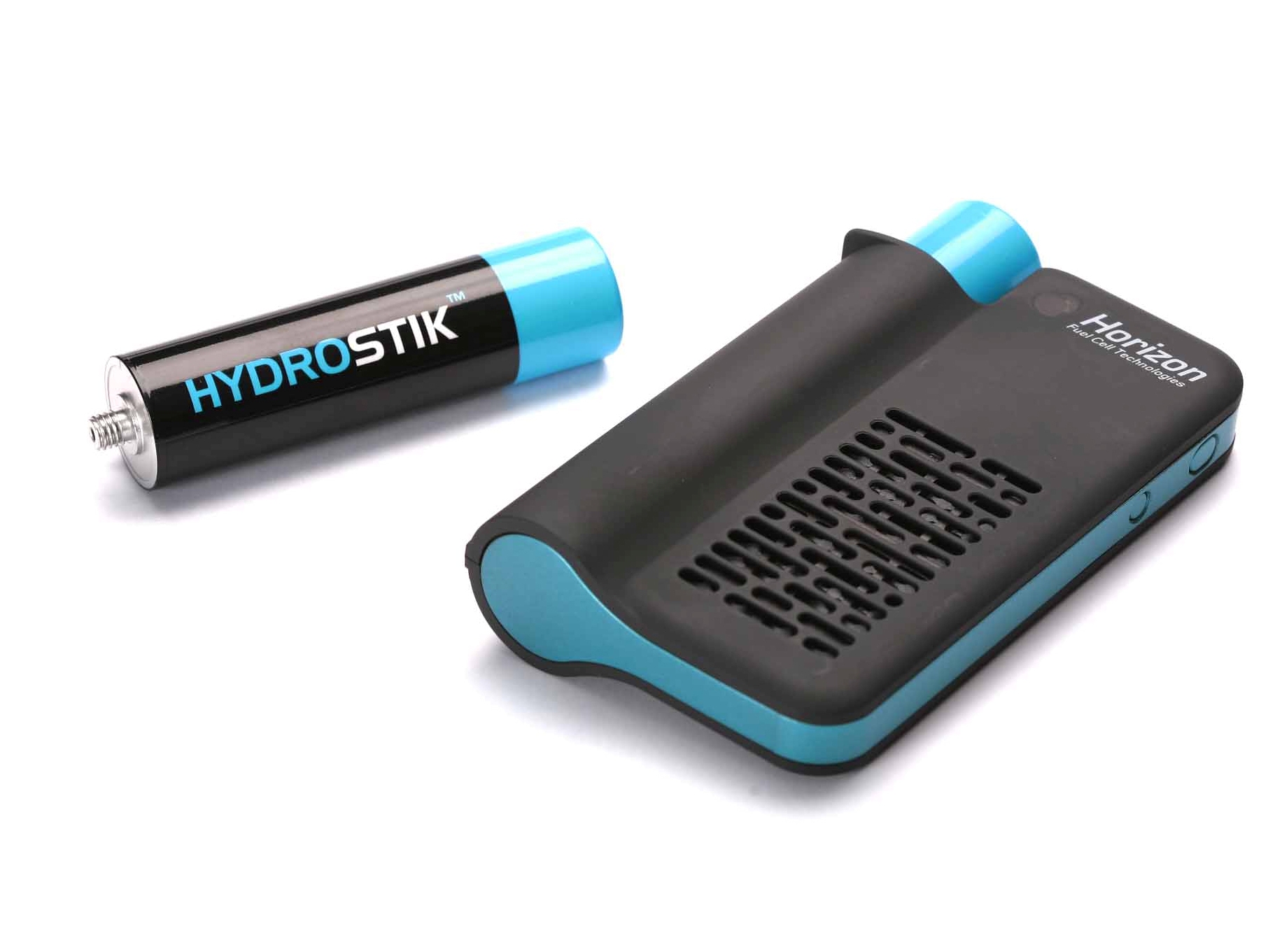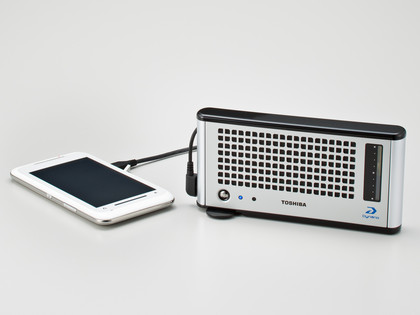
Seven years ago we were on the verge of a mobile power revolution: hydrogen fuel cells were supposed to give us all-day computing and endless hours of energy for mobile gadgets from phones to cameras to MP3 players.
And then, nothing happened... why?
Turn the clock back to 2003 and it's easy to see why hydrogen fuel cells seemed so appealing. They're already been used successfully to power hybrid cars (among other things) and the race was on to come up with a compact portable solution that would do the same for our mobile electronics.
The aim was to reduce or even eliminate the need for regular Lithium-Ion battery tech, which appeared to be fast reaching its limits.
The mobile power dream was no fly-by-night stuff, either. Intel invested money in Neah Power Systems, and tech giants like Toshiba, NEC and others tempted us with prototypes with the promise that the first products would appear 'next year'. Today that promise remains largely unfulfilled.
Hydrogen power
Hydrogen fuel cells are effectively mini engines that generate power using a chemical reaction. In Direct Methanol Fuel Cells (DMFC) oxygen drawn into the cell reacts with hydrogen - stored in liquid methanol, the same kind of alcohol used in car windscreen washer fluid - releasing energy with water and carbon dioxide as the only by-products.
Get daily insight, inspiration and deals in your inbox
Sign up for breaking news, reviews, opinion, top tech deals, and more.
The trick was to make the fuel cells small enough to fit inside a laptop, or other mobile gadget, and to find some way of easily replacing the spent fuel.
The effort was deemed to be worth it: even a state of the art laptop running full tilt would be able to last for up to 20 hours before the cell needed replenishing – a claim Toshiba made back in 2003.
Applications now
The intervening years since 2003 have held mixed fortunes for fuel cell technology. Early pioneers, like PolyFuel, have disappeared while prototypes such as 2008's NEC Flask fuel cell mobile phone never turned into tangible products.
The temptation to move into other more profitable markets have also proved tempting to some: Jadoo Power now principally makes fuel cells for military, humanitarian and industrial applications.
Obviously, the advent of more power-efficient processors and the development of lithium-polymer batteries haven't helped - just look at what Apple's done with its MacBook range. But it suddenly looks like the fuel cell's fortunes are changing.
Late last year Toshiba put its first truly portable hydrogen fuel cell – the Dynario – on sale in Japan, and now Horizon Fuel Cell Technologies is putting its first products on sale in the UK.

Its MiniPak kit (£67) comes with a fuel cell and two replaceable solid hydrogen HydroStik cartridges that can be used to deliver up to 2W of power to devices like mobile phones and portable games consoles.
Buyers can also pick up the HydroFill desktop refuelling station and solar PV (£POA) – a solar power charger that converts the the sun's rays into hydrogen. MTI Micro's Mobion fuel cell is also currently undergoing US government, US military and consumer testing.
The question now is whether the benefits of fuel cell technology still outweigh the problem of buying or refilling the hydrogen-filled cartridges which make them work.
Fuel cell technology also needs to be standardised so you don't get locked into a paying premium prices for a product because a cartridge from company A won't fit in a fuel cell from company B.
Until these issues are resolved, fuel cell technology adoption could take longer than the development of the tech in the first place.